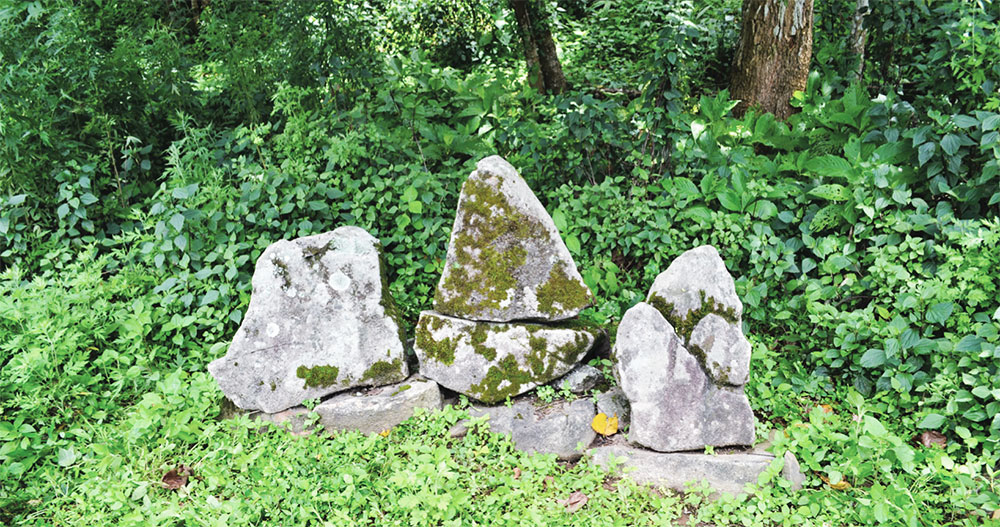Choki Wangmo
Usually this time around, Ap Dawa, 81, would be busy. He would be leading the village’s important annual tshomem appeasing ritual in the heart of his gewog in Tsangkha, Dagana.
Five girls, symbolic of the five tshomem siblings, with auspicious dhars (scarves), would pour white offerings (dairy products) and live fish into the lake. They recite prayers: “You are the permanent host, I am the temporary guest; the host should be virtuous, the guest should be at peace, the harvest must be good, the rainfall timely, the hills and mountains should keep away the hailstorms, the lowlands should keep away diseases and calamities…”
But today, the lake that once filled three acres of land has disappeared. The shores indicate that it had been big if not deep. Over the years, it gradually dried up. It is now an archery ground and a grazing land for cattle.
Villagers considered the lake Tsangkha’s lifeforce, the village derived its name from it too. They say it embodied the valley’s energy—it indicates good fortune and ill luck. It turns red to warn about the obstacles ahead. For example, it reportedly turned red during the Covid-19 outbreak in the country.



The lake has a mystical origin. Oral accounts say that the tshomem from Tsang province in Tibet escaped Guru Rinpoche’s subjugation and settled in the current location. It was when Guru Rinpoche was staying at Tha Namkhai Dzong, located about two hours away in Larjab gewog that he once again tried to bring her under his dominion. Guru Rinpoche threw three blessed tormas towards the lake to subjugate the tshomem.
She was then made the protecting deity of the area.
If oral accounts are true, bad harvest and disease outbreaks are in store for the village. The gewog is already facing an acute shortage of drinking water. Locals say that the lake was deep and the main water source for residents of Gelechhu chiwog.
Some accounts say that the lake lost its essence since 1977 when people started raising buffalos and pigs near the lake. A lam said that a metallic fencing to protect the lake from defilements in recent years had led to its drying. It is believed that metals hurt water spirits. The fence was removed but the lake continued drying.
Although the sight of the disappearing lake is worrying villagers, there is nothing much they can do. They have been conducting rituals to appease the tshomem.
Tsangkha Gup Neuley Tshering said that the lake completely dried up this winter. The gewog administration has piped irrigation water to fill the lake. They painted tshomem image near the lake and did smoke offering and offered pacifying prayers. “We will soon be placing a lubum.”
He believes that human activities near the lake could have defiled it. Others say that it could be the impacts of climate change.
In 2021, Dagana’s dzongkhag tshogdu allocated Nu 1.5 million to revive and beautify the lake. Revival works included removing debris, refilling the lake, proper drainage, building footpaths, and tree plantation.
Without the lake, three stone tormas used by Guru Rinpoche to subjugate the tshomem has lost their significance.


